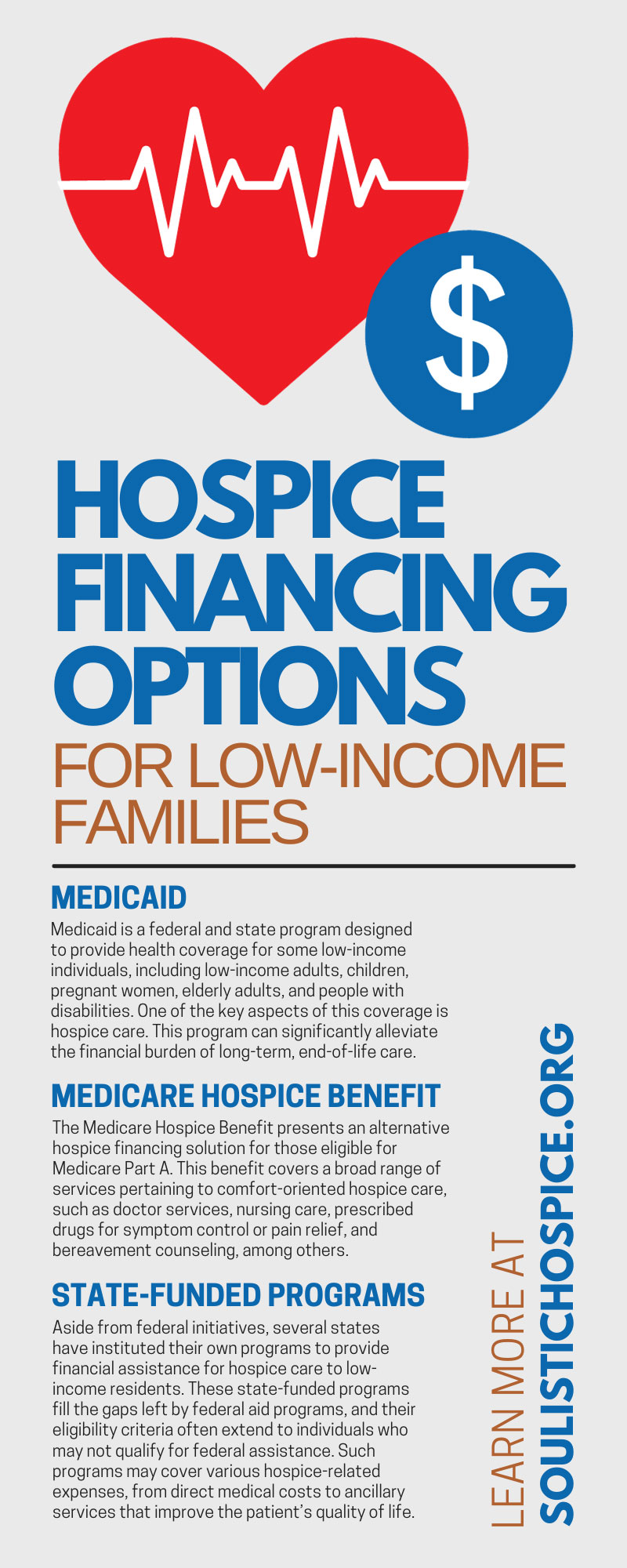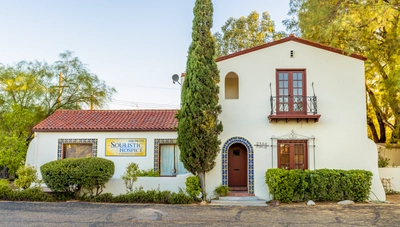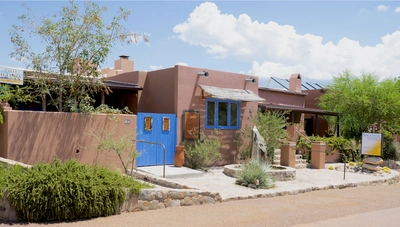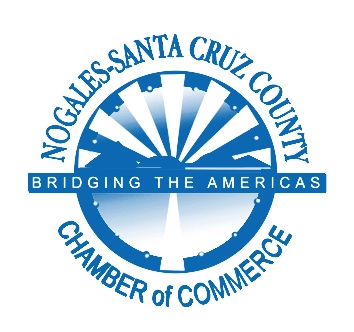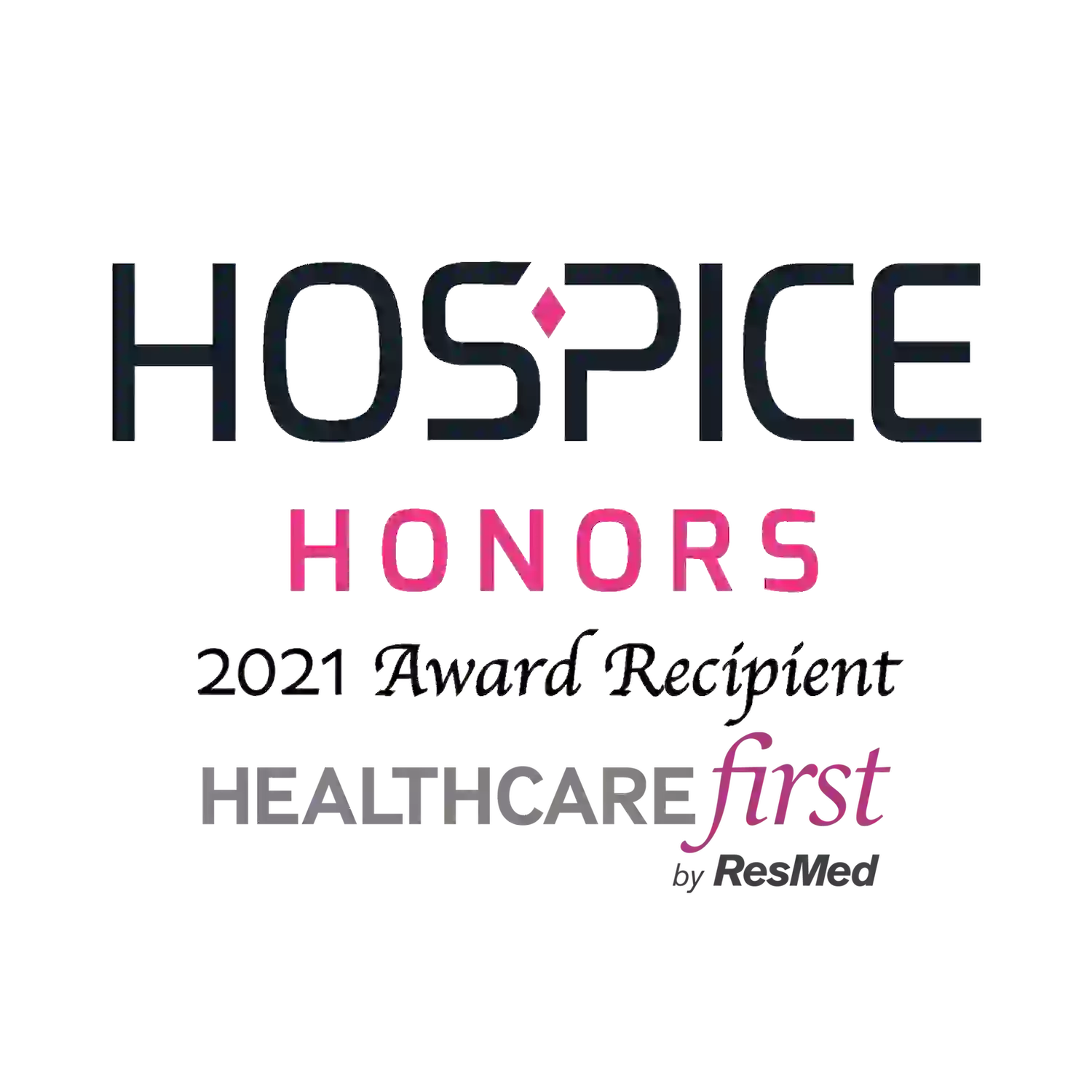
Navigating the financial intricacies of hospice care can be daunting, especially for low-income families burdened with the emotional toll of caring for a loved one. This guide sheds light on various hospice financing options for low-income families, with special emphasis on those tailored for families operating on a limited budget. From government programs to charitable organizations, we’ll explore a spectrum of resources that could ease the financial strain of hospice care.
Medicaid
Medicaid is a federal and state program designed to provide health coverage for some low-income individuals, including low-income adults, children, pregnant women, elderly adults, and people with disabilities. One of the key aspects of this coverage is hospice care. This program can significantly alleviate the financial burden of long-term, end-of-life care.
However, it’s crucial to understand that eligibility criteria and benefits can vary significantly from state to state. These discrepancies occur because each state has the autonomy to structure its Medicaid program within the federal guidelines. Therefore, while Medicaid can be an invaluable resource for hospice care financing, it’s important to understand the specific rules and coverage in your home state.
Medicare Hospice Benefit
The Medicare Hospice Benefit presents an alternative hospice financing solution for those eligible for Medicare Part A. This benefit covers a broad range of services pertaining to comfort-oriented hospice care, such as doctor services, nursing care, prescribed drugs for symptom control or pain relief, and bereavement counseling, among others.
An individual must be certified terminally ill by a physician, with a life expectancy of six months or less if the illness runs its normal course, to qualify for the benefit. Moreover, they must choose to accept care focused on comfort rather than treatments aimed at curing the illness. While the Medicare Hospice Benefit does not cover all expenses, it significantly decreases the financial burden for low-income families, making comprehensive end-of-life care more accessible. As with any healthcare decision, it’s important to explore and understand the specifics of this benefit to ensure it’s the right fit for your situation.
State-Funded Programs
Aside from federal initiatives, several states have instituted their own programs to provide financial assistance for hospice care to low-income residents. These state-funded programs fill the gaps left by federal aid programs, and their eligibility criteria often extend to individuals who may not qualify for federal assistance. Such programs may cover various hospice-related expenses, from direct medical costs to ancillary services that improve the patient’s quality of life.
It’s important to note that the availability and scope of these programs can vary significantly depending on the state. Therefore, individuals seeking aid should contact their local Department of Health or similar agency to learn about the specific programs available in their area. State-funded programs represent another potential avenue for making hospice care more financially accessible for those struggling with limited resources.
Non-Profit Organizations
Numerous non-profit organizations provide financial support to individuals requiring hospice care. These organizations operate on donations and grants, using these funds to assist those struggling to afford aspects of hospice care. The specific coverage provided by non-profits varies widely; some offer direct financial assistance to cover medical costs, while others provide resources such as free medical equipment or care volunteers.
Non-profits can be invaluable, particularly for those who do not qualify for governmental aid or have exhausted other financing options. However, it’s important to note that the availability of funds can fluctuate based on the organization’s resources, and there may be specific eligibility requirements to consider. As such, it’s advisable to engage with a social worker or financial counselor who can guide you through the process of identifying and applying for aid from suitable non-profit organizations.
Sliding-Scale Payment Options
Certain hospice facilities offer a sliding-scale payment system, allowing low-income families to access necessary care at a more manageable cost. The fundamental premise of this payment structure is that your income level dictates the amount you’ll pay for hospice services. Thus, lower-income families would pay less than those with higher incomes. The sliding scale system ensures that cost is not a barrier to receiving dignified end-of-life care.
However, it’s important to remember that the availability of this option can vary significantly from facility to facility. As such, it’s essential to communicate your financial situation with the hospice administration and explore whether they offer a sliding scale payment option. This payment structure makes comprehensive hospice care a feasible option, even for families operating on a tight budget.
Veterans Benefits
Veterans may be eligible for hospice benefits through the Department of Veterans Affairs (VA). The VA provides a comprehensive hospice and palliative care program to veterans, ensuring they receive the end-of-life care they deserve. This coverage may extend to services not covered by other programs, including medications for pain management, physical therapy, and bereavement counseling for family members.
In many instances, hospice care can be provided at home, in a VA medical center, or in a hospice unit at a VA facility. It’s prudent to note that while many veterans may qualify, eligibility is determined on a case-by-case basis, considering factors such as military service history, disability status, and income level. Veterans should consult with their local VA office to explore this resource. VA workers can further elaborate on this benefit and help veterans determine eligibility. This unique benefit could significantly reduce the financial burden of hospice care for low-income veteran families.
Now that you have a guide to low-income hospice financing options, you can determine the best path for you and your loved ones. Remember, it’s essential to investigate thoroughly, understand the specifics of each financing option, and consult with a financial counselor or social worker to navigate this challenging landscape. The goal is to find the most cost-effective solution and ensure that your loved ones receive the compassionate, respectful, and comprehensive care they deserve at the end of life. If you need an end-of-life care plan in Arizona, contact Soulistic Hospice today. With the right financial assistance, hospice care can be a source of comfort, relief, and peace rather than a financial burden.
